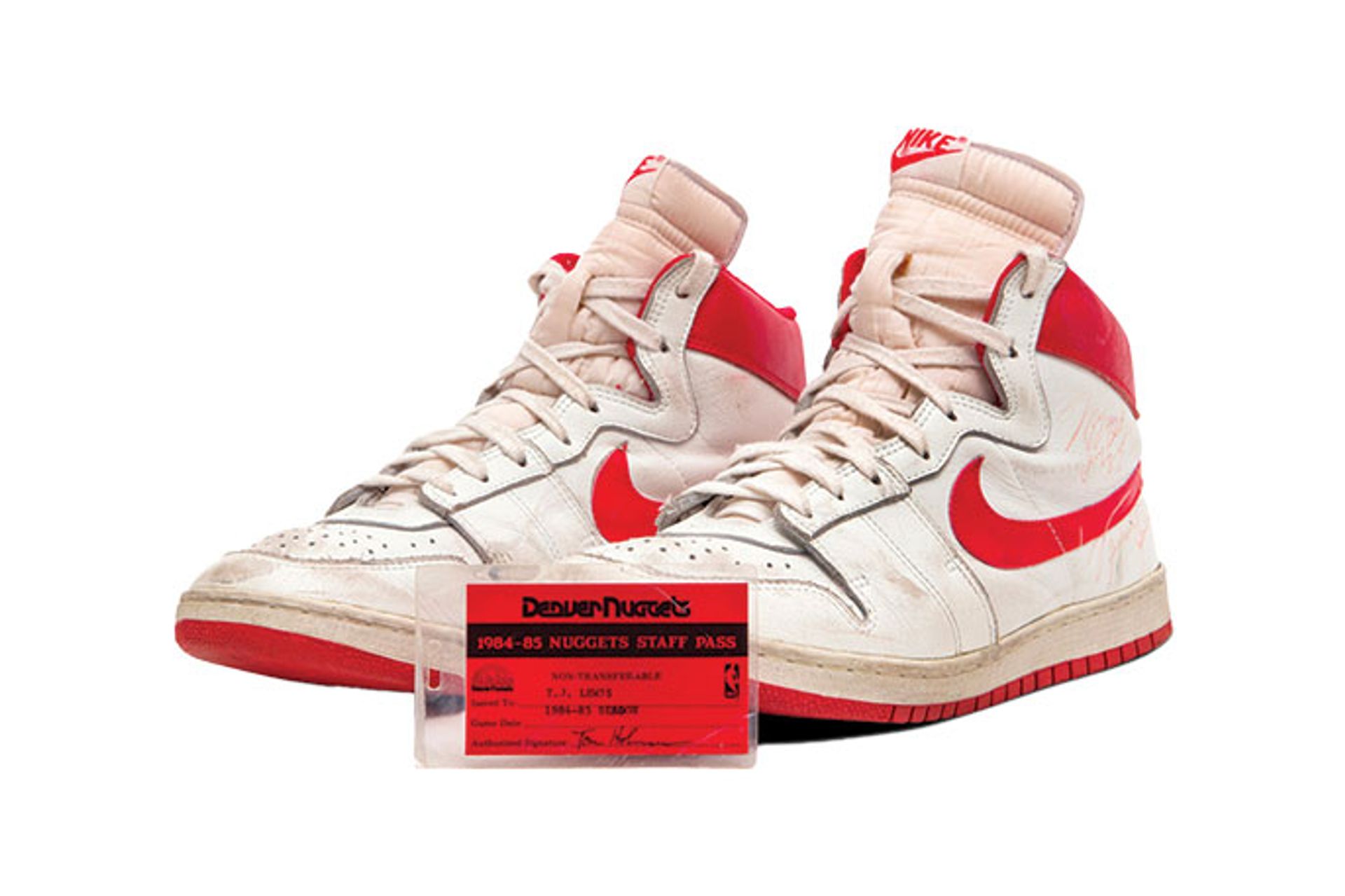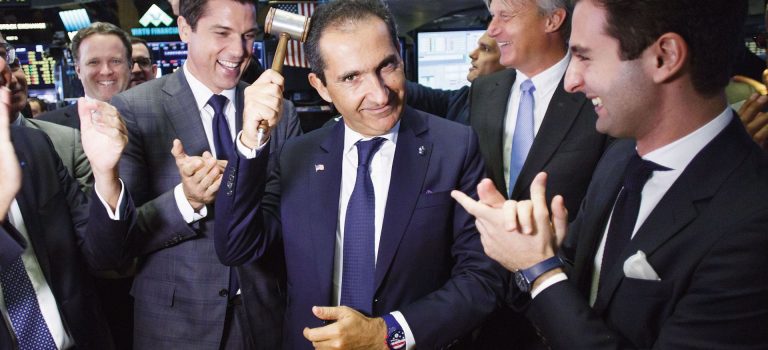Source: The Art Newspaper.
With the forced shift to online sales due to Covid-19 restrictions, global sales at Sotheby’s, Christie’s and Phillips boomed in 2021, with an increased focus on luxury goods as the rich get richer.
Consolidated sales of at least $7.3bn, Sotheby’s highest annual total in its 277-year history… $1bn of that spent on “luxury”… $7.1bn at Christie’s, the auction house’s highest total in five years, including $69.3m for an NFT… Record sales at Phillips, up 35% on 2019.
It seems the only way is up for the biggest international auction houses after a pandemic-challenged, but ultimately lucrative, 2021. Meanwhile, back in the realm of beleaguered bricks-and-mortar galleries, nearly 300 art and antiques dealerships are coming to terms with the postponement of the Tefaf Maastricht fair from March to June while Art Basel in Hong Kong, also scheduled for March, has announced a “contingency tenancy” at its venue in May, should it too need to shuffle backwards at the eleventh hour due to Covid.
In 2020, dealers were estimated to have generated about 58% of global art and antiques sales, according to last year’s Art Basel and UBS Art Market Report, based, somewhat problematically, on data provided by traders themselves. The next edition of the report will not appear until March, but with the major auction houses’ digital sales platforms and marketing machines in turbodrive in 2021, it looks as though the art world’s balance of power is shifting.

Tech entrepreneur Justin Sun bought Giacometti’s Le Nez for $78.4m last NovemberPiskev91
“This environment has played into the auctioneers’ hands,” says Edward Dolman, the executive chairman of Phillips, whose combined auction and private sales in 2021 reached a new high of $1.2bn. Asian buyers led the way with 36% of the spending.
“Auctions became almost the only way that clients around the world could access the art market in a looked-after way,” Dolman says. Palpable competition at globally viewed livestreamed sales give the auction houses an all-important edge over dealers’ online sales channels. “At an auction, if four other people are bidding against you, it’s much more reassuring,” Dolman adds. “This is the way the art market is going to be now. Livestreamed international sales and less travel.”
The results also reflect the simple fact that the rich have got so much richer during Covid, and they have not gone out much.
“Just look at the S&P 500—returns have been staggering over the last couple of years,” says Doug Woodham, a former Christie’s executive who is the managing partner of Art Fiduciary Advisors, based in New York. In 2021, buoyed by the US Federal Reserve’s ongoing quantitative easing programme, the US’s benchmark stock market index yielded an annual return of 28.7%, according to Bloomberg, adding to substantial gains in the previous two years.
“If you think you’re 30% to 50% better off, it would affect your consumption behaviour,” Woodham says. “You might take a splurge trip, or buy some sneakers from Sotheby’s.”

Collector Nick Fiorella spent a record $1.5m on Michael Jordan’s sneakersCourtesy of Sotheby’s
Sneakers are certainly something on which the wealthy have been splurging. In October, the Florida collector Nick Fiorella spent a record $1.5m at Sotheby’s on a pair of 1984 Nike Air Ships regularly worn in NBA games by the legendary Michael Jordan.
“Your ability to buy experiences has decreased because of the pandemic, so some of that experience-based consumption has gone into buying goods,” Woodham says, going some way to explain the landmark total of $1bn Sotheby’s achieved for its 2021 luxury sales, including collectable sneakers.
Christie’s was not far behind with $980m for its sales of jewellery, watches, wine and handbags, eclipsing the $570m for traditional “classics” such as Old Masters, Russian art and antique furniture. Luxury has come a long way as a revenue-generating category since 2012. Then Christie’s introduced online-only auctions of handbags primarily as entry-level purchases to lure the wealthy onto its client lists, particularly in brand-conscious Asia, where there are now a record 1,149 billionaires, according to Forbes.
Now Asian-based collectors and speculators are buying seriously expensive Western art. Giacometti’s Le Nez, one of the trophy lots of Sotheby’s $646m Macklowe collection sale in November, was bought for $78.4m by the Chinese tech entrepreneur Justin Sun, who underbid the Beeple NFT bought by the Singapore-based crypto speculator MetaKovan for a record $69.3m at Christie’s in March. Paintings by young, on-trend Western artists are being flipped for mind-bending prices at auctions in Hong Kong, reflecting a younger Asian client base lavishly enriched by tech, crypto and inheritance.
But if an auction house can sell new works by NFT artists for millions, why shouldn’t it sell new paintings for millions, attracting emerging artists with higher prices and bigger percentages? As The Art Newspaper reported last month, auction houses in South Korea are already holding auctions of new works of art, prompting galleries to do the same.
“These are the discussions the auction houses are having,” Dolman says. Phillips has made a specialisation of auctioning works by fashionable younger artists. “We’re increasingly looking at becoming more active in the primary market, because the world of NFTs has opened all that up to us.”
Triumphalist statements
So there you have it. As Charles F. Stewart, the chief executive of Sotheby’s, puts it (perhaps with an eye on owner Patrick Drahi taking his company public, as Bloomberg moots): “Our unparalleled expertise and innovation mindset led to extraordinary results across categories and regions and set new benchmarks for selling art and luxury.” That triumphalist end-of-year statement could have applied to all of the “big three” salerooms.
Traditionalists might bemoan the fact that livestream sales have turned auction rooms into television studios, removing any meaningful sense of drama, and it might be almost impossible to tell what is actually going on at these opaque, hyper-choreographed events, but just look at the viewing figures. Christie’s said that in 2021 a digital audience of 3.3m people engaged with its livestream auctions through various online channels.
As long as, to quote Thomas Piketty’s key equation in Capital in the Twenty-First Century, r > g (returns on investments are greater than growth in the economy, thereby relentlessly widening income inequality) and the pandemic inhibits travel and in-person trading, surely nothing can prevent the world’s most expensive online shopping channels from gaining hegemony over the global art trade?
Well, there is always China. Christie’s and Phillips have ambitious plans to open new spaces in Hong Kong. As the Chinese authorities tighten their grip on the territory, none of the major auction houses are showing any inclination to reel back their activities. “We separate what is political and what is business,” said Guillaume Cerutti, the chief executive of Christie’s, when questioned about the issue at a Zoom press conference in December. “We are neutral as a business.”
But Kelly Meng Parnwell, the programme director of the MA in luxury brand management at Goldsmiths, University of London, cautions that Western businesses must not forget that China remains a communist country. “Yes, they’ve opened up for the last 40 years and allowed some of the people to become rich,” Parnwell says. “Now is the time when it’s being asked, ‘What about the rest of the people?’ One policy can change everything overnight.”
And there is also the possibility of the crypto bubble bursting. In December, the Bank of England warned that Bitcoin could eventually prove “worthless”. The problem, according to the BoE, is that “unlike traditional forms of money, Bitcoin isn’t used to price things other than itself”. Ether, its sister cryptocurrency, does put a price on art, but those prices, as we know, are totally Ethereal.
So we just carry on scrolling. On 16 January for instance, on sothebys.com, Botticelli’s $40m-estimated Man of Sorrows had been upgraded to the artist’s “Defining Masterpiece” (forget La Primavera), while among the watches, handbags, jewellery and other retail items in the online store, a new Hermes scarf was available at a mere $400. Thanks to the process of luxurification, pretty well everything, in relative terms, is expensive, unless you are rich. And if you aren’t, you can have the pleasure of Windows shopping.
Surely sooner or later sheer boredom will erode interest in the relentless churn of Sotheby’s, Christie’s and Phillips’s online and livestream offerings? But hang on. Isn’t boredom the main reason the rich buy this stuff in the first place?








